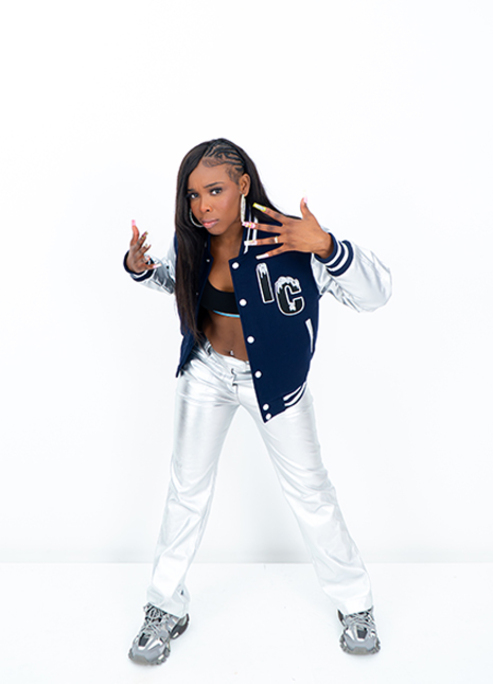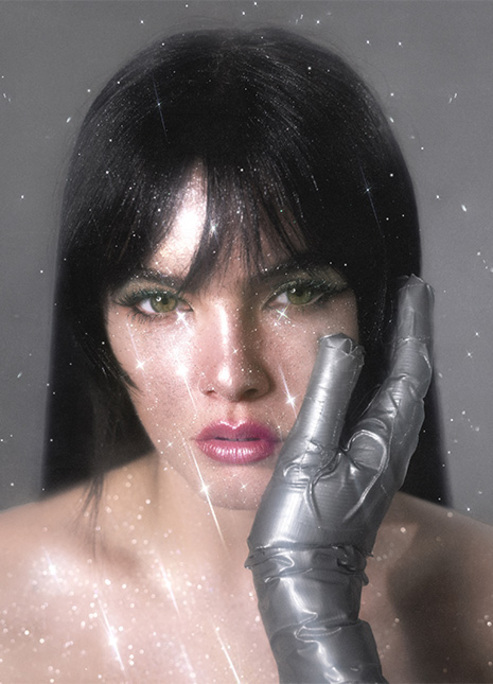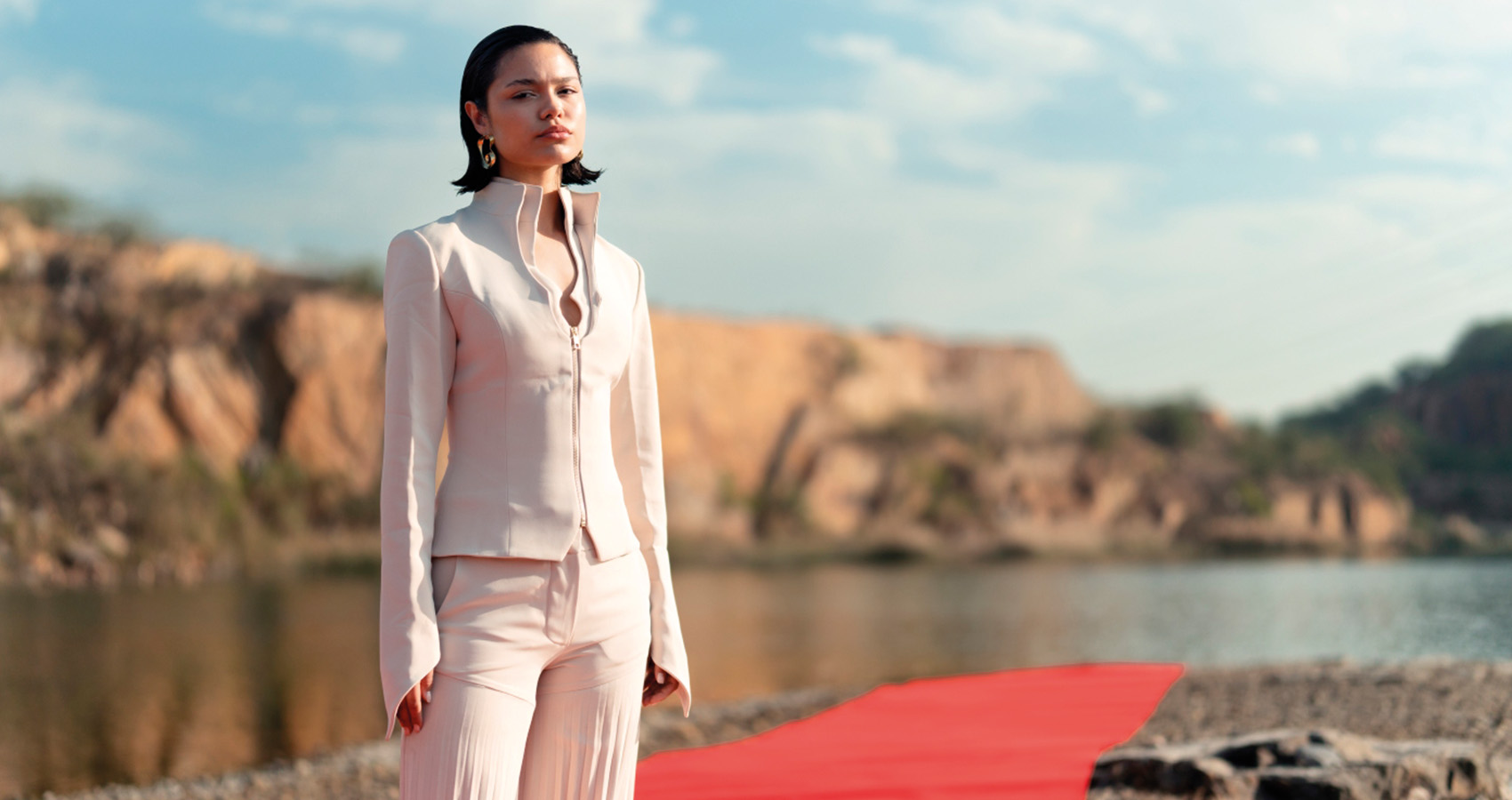
Inside MAYA MARIELL: The Powerhouse Nordic Label
Blending minimalism with indian craft.
What happens when clean-cut Scandinavian tailoring meets the intricate soul of Indian embroidery? You get MAYA MARIELL — the brainchild of designers Maya Nora Sirohi and Mariell Lødøen, founded in 2020 and already turning heads in Forbes, on Joy Crookes, and, soon, maybe at Copenhagen Fashion Week. This is fashion rooted in duality, in heritage, in feeling not just aesthetics. From hand-picked beads in Indian markets to made-to-order tailoring in London, this label isn’t just designing clothes.
They’re telling stories. We caught up with the duo to unpack the real emotion behind their craft, their slow fashion ethics, and what happens when you let culture lead design, not the other way around.
Maya, your brand fuses Norwegian minimalism with Indian cultural heritage — how do you balance these two seemingly contrasting worlds in a way that feels authentic, not just aesthetic?
Personal experiences play an important role insofar as they shape our individual perspectives when we design and create. When developing the core vision and message of the collection, we reflect on narratives that influence not only us but also women and society at large. Rather than joining an existing narrative, we make the choice of changing the common narrative. We try to blend both influences in a way that feels natural. Scandinavian design is all about simplicity and clean lines, while Indian craftsmanship adds richness and detail. Some pieces lean more minimal, while others highlight traditional techniques, but there’s always a balance between the two.
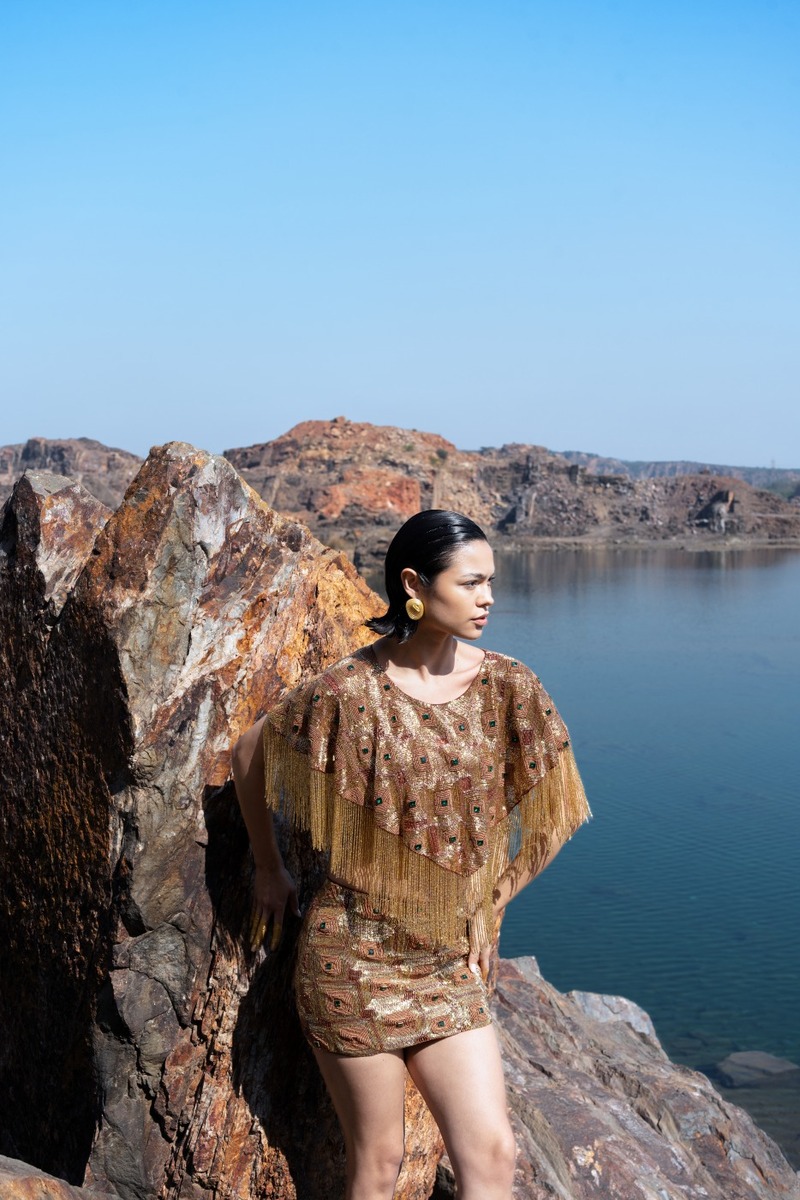
The KALEIDOSCOPE collection features pieces like the Gilded Mosaic Poncho that took over 80 hours to make. What do you want people to feel or understand when they wear garments with that level of craft?
For the Karigars, embroidery is a powerful form of self-expression, a craft passed down through generations, rooted in tradition yet open to evolution. When we began developing the Kaleidoscope collection, the Gilded Mosaic Poncho and Skirt were our starting point, forming the heart of our collaboration with these artisans. We spent time in India to better understand the history behind the techniques and to build a meaningful relationship with the craftsmen themselves.
We want people to feel a deep sense of connection when wearing these pieces, to understand the hours of dedication, cultural heritage, and human touch embedded in every stitch. It's more than just a garment; it's a celebration of artistry, tradition, and intentional design.
Maya, your Indian-German background and global upbringing seem central to the brand’s DNA. How have your international experiences informed the emotional or visual language of your collections?
My Indian-German heritage and global upbringing are at the core of how I see and create. Growing up between cultures taught me to navigate contrast, tradition and modernity, structure and softness, heritage and innovation. This duality naturally feeds into the emotional language of my collections, which often explore themes of identity, belonging and transformation.
Visually, I’m drawn to the richness of Indian textiles and craft, but I balance that with the restraint and functionality often found in Northern European design. This translates into a fusion of bold, structured tailoring and strong silhouettes, particularly through defined shoulders and softened by intricate detailing and handwork. I also find visual inspiration in storytelling, architecture, and landscapes, which often influence the textures, palettes, and forms within each collection.
Each piece becomes a reflection of lived experience: layered, hybrid, and emotionally resonant.
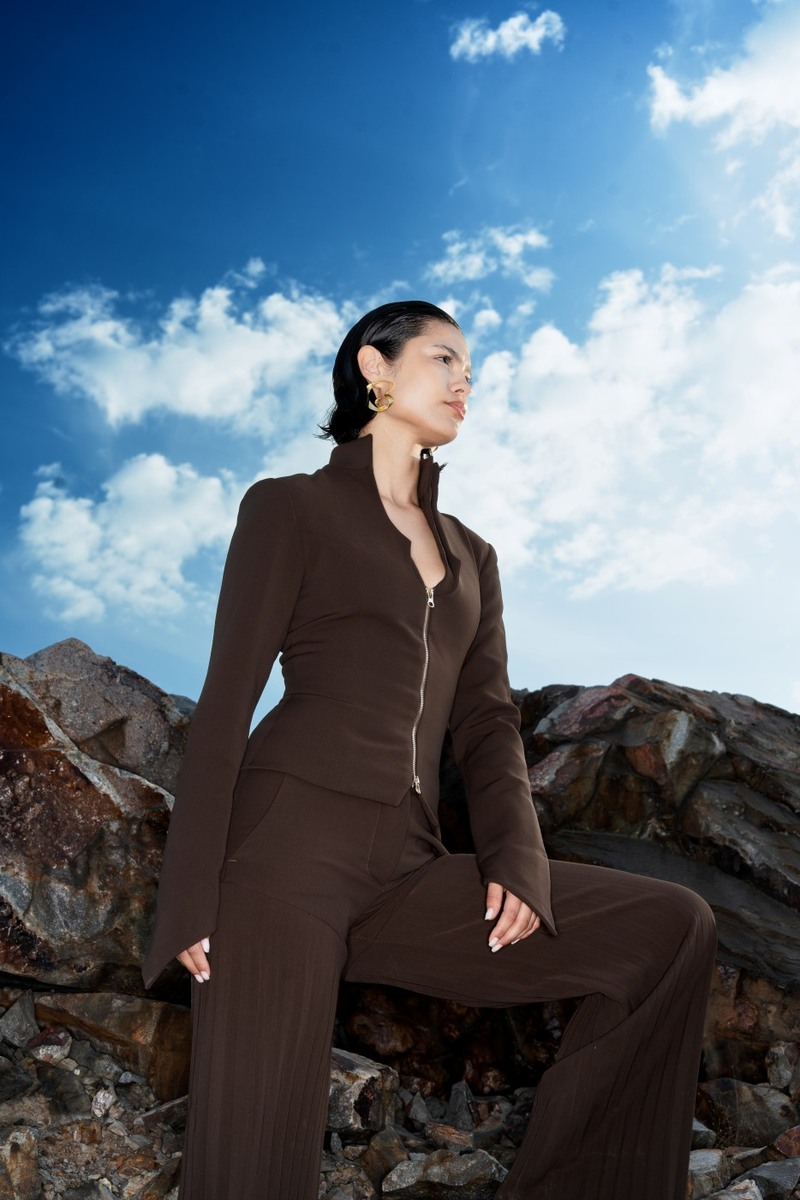
Mariell, Norwegian minimalism plays a big role in your aesthetic. What does minimalism mean to you — and how do you keep it from feeling cold in a world that often craves warmth and meaning?
Minimalism, to me, comes from my Norwegian background — it’s about valuing space, calm, and simplicity. Growing up in wide, quiet landscapes taught me that beauty doesn’t have to be loud. There’s power in keeping things simple and letting shape, texture, and function speak for themselves.
At MAYA MARIELL, minimalism is a key part of our approach, but it’s never cold or bare. It’s about clarity and purpose. We design pieces with intention, leaving space for the wearer to make them their own. Warmth comes through in the details — the silhouette, the fabric, the soft, the tones.
I believe minimalism doesn’t have to be cold. Instead, it’s a canvas that allows emotion and individuality to shine through. By pairing a minimalist aesthetic with ethical practices, we create clothing that feels timeless, personal, and expressive.
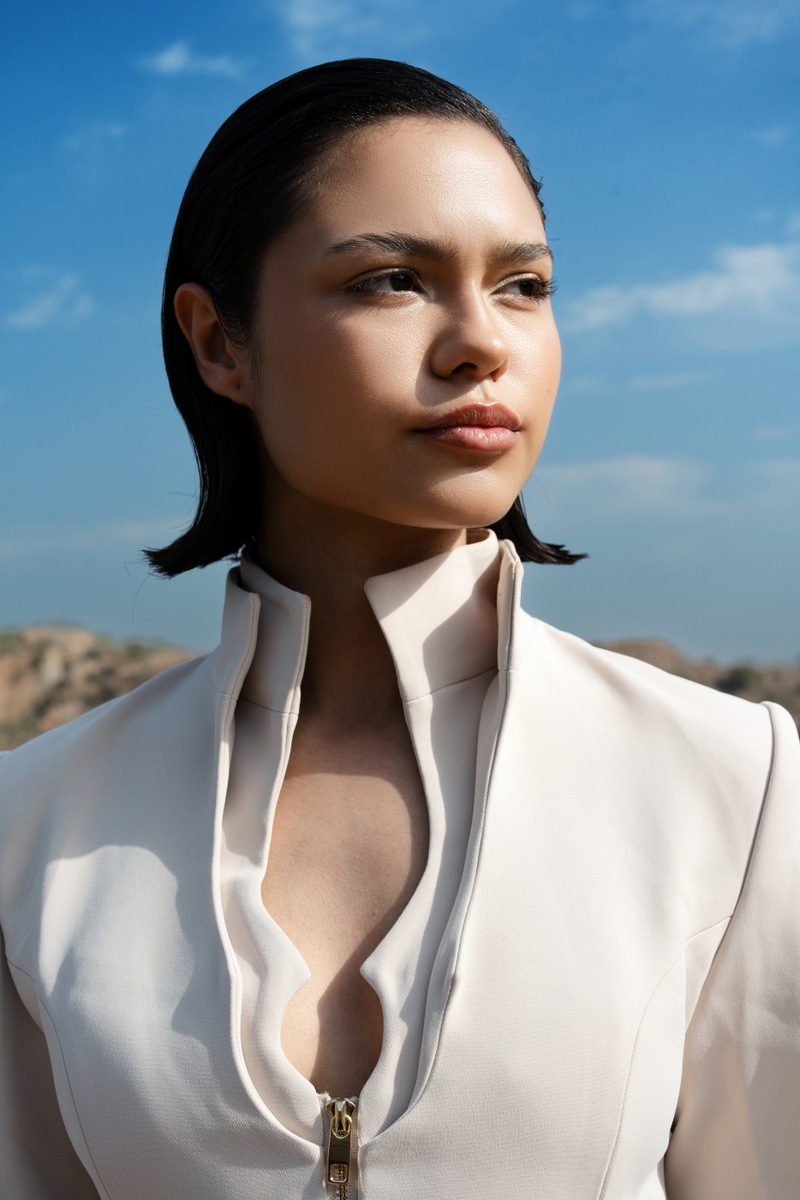
You spent a month in India hand-selecting beads and learning from karigars. Can you share one moment from that trip that permanently shifted your creative vision?
It wasn’t necessarily one defining moment, but rather a collection of many small, powerful ones that gradually reshaped our creative vision. From sourcing in local markets and meeting fabric suppliers, to observing the quiet precision of the dyers, to sharing tea with the Karigars as they embroidered by hand, each interaction offered a deeper understanding of the human stories behind the materials. Being immersed in that environment made us become more intentional with our process. It reinforced the importance of collaboration, respect for tradition, and the emotional depth that comes from garments created with time, skill, and care.
Hands-on involvement is key to us, it’s how we ensure that every piece carries the authenticity, integrity, and soul that defines the brand.

Your debut collection COALESCENCE was picked up by Forbes and worn by Joy Crookes — that’s huge for a new brand. How did those moments validate (or redirect) your mission?
Those moments were incredibly validating for us. Joy Crookes actually reached out when we only had around 300 followers, seeing her wear our dress at Glastonbury was surreal and such an exciting milestone for the brand. It felt like a genuine connection, and her support really affirmed that the pieces were resonating beyond our immediate circle. Around the same time, COALESCENCE was featured in Forbes, which gave the brand another unexpected boost of visibility.
As a new label, that kind of early exposure was not only encouraging but also gave us confidence to stay true to our values, storytelling, craftsmanship, and creating work with cultural depth. It didn’t redirect our mission, but it definitely reaffirmed that there’s an audience for what we’re building.
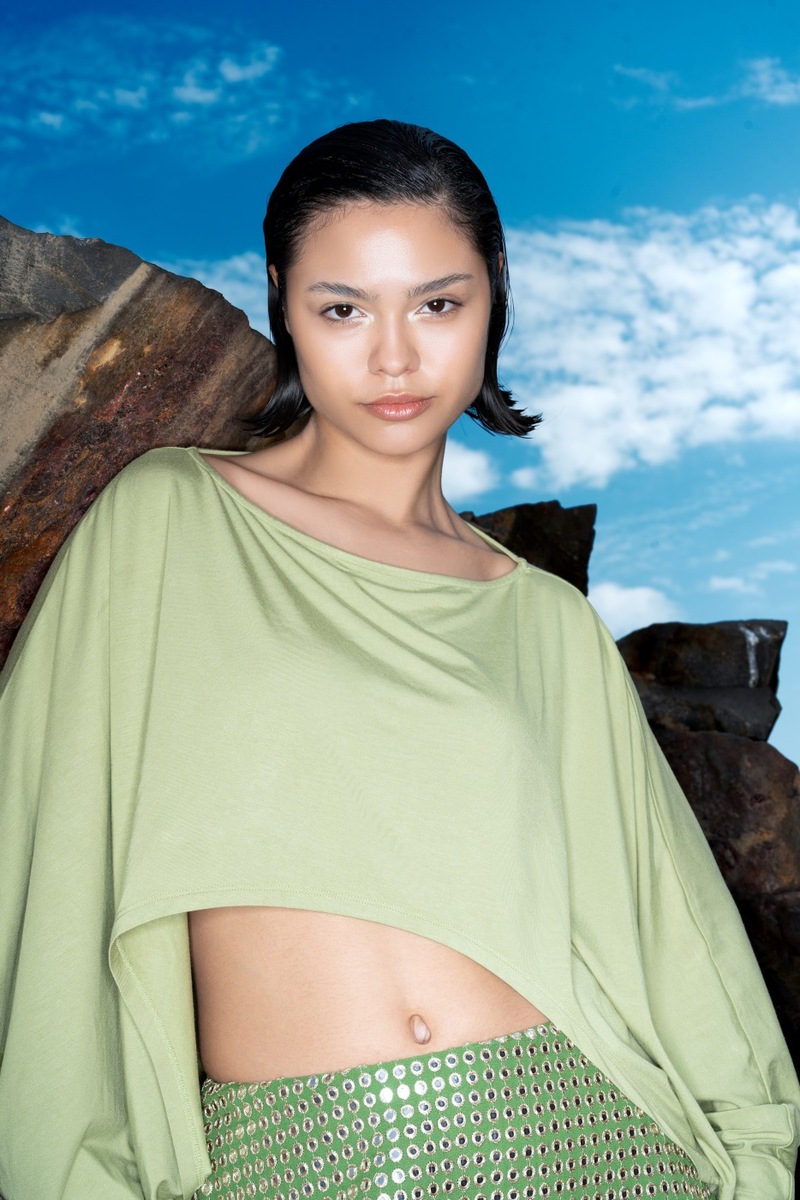
The KALEIDOSCOPE collection celebrates movement, color, and transformation. If this collection were a city or a memory, what would it be?
N/A
Ethical production is a pillar of your brand. What challenges have you faced keeping your production entirely London-based while working with traditional Indian techniques?
Ethical production has always been central to our brand, and when we launched COALESCENCE, we were committed to producing the entire collection in London on a made-to-order basis. However, we quickly discovered the challenges of maintaining that model as a small business, particularly while trying to incorporate traditional Indian techniques that require specific craftsmanship and time.
Many of the artisanal skills we wanted to celebrate, like intricate hand embroidery, simply weren’t accessible locally in the same way. That led us to make a thoughtful shift in our production approach. We now work with a small, women-run studio in Delhi for all embroidery work, where the techniques are not only preserved but practised ethically. Our suit is produced in a specialist factory in China known for its tailoring, and we continue to handle all design and sample development in London to ensure quality and creative control.
This approach allows us to stay true to our values, honouring traditional craft, ensuring fair working conditions, and maintaining a hands-on, thoughtful design process, even if our production is no longer solely London-based.
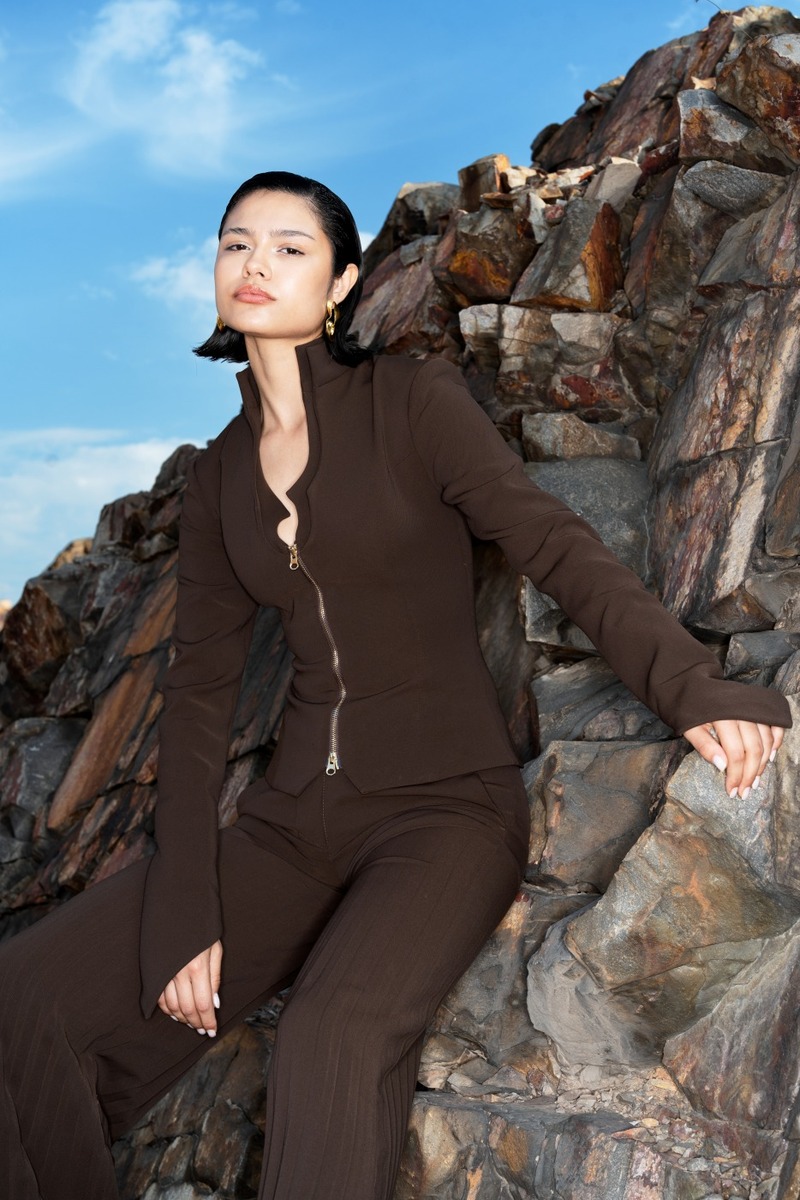
As of May 2025, your goal is to show at Copenhagen Fashion Week. Why is that runway significant to you — and what would it mean for MAYA MARIELL to walk it?
Showing at Copenhagen Fashion Week is definitely a goal for us. It’s become such an exciting, forward-thinking platform that consistently champions unique, innovative brands, many of which align with our values around craftsmanship and storytelling. The exposure and credibility that come from being part of that space could be immense for a brand like ours, especially as we continue to establish our voice in the industry.
That said, we’re not focused on speed. While we have big dreams, we’re committed to growing organically and staying true to ourselves in the process. For us, it’s about building something lasting, so when the time is right, being a part of CPHFW would feel like a meaningful next chapter, not just a milestone for the sake of visibility.
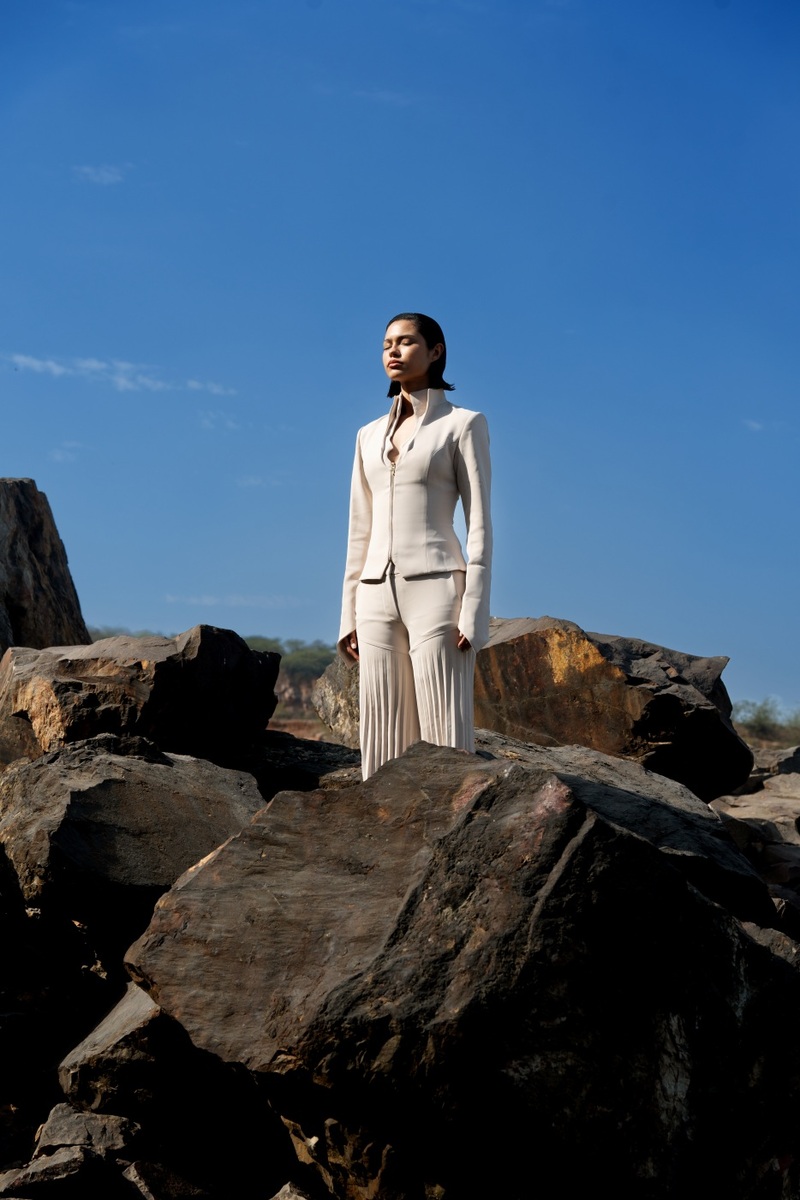
Looking to the future: What kind of legacy do you hope MAYA MARIELL leaves behind — not just in fashion, but in the way culture and craft are honored?
At its core, MAYA MARIELL is about more than fashion, it’s about storytelling, identity, and the preservation of craft. We hope to leave behind a legacy that proves it’s possible to build a brand rooted in cultural sensitivity, craftsmanship, and creativity without compromising on integrity. We want our work to serve as a bridge between worlds, where tradition meets contemporary design, and where artisanship is not just showcased, but truly valued.
Beyond the garments themselves, we hope to inspire a deeper respect for the hands and histories behind the pieces people wear. If MAYA MARIELL can play even a small part in redefining how the industry approaches cultural collaboration, representation, and slow, intentional design, then we’ll have done something meaningful, not just for fashion, but for the communities and stories that shape it.
Thank you for sharing the heart and heritage behind MAYA MARIELL!



